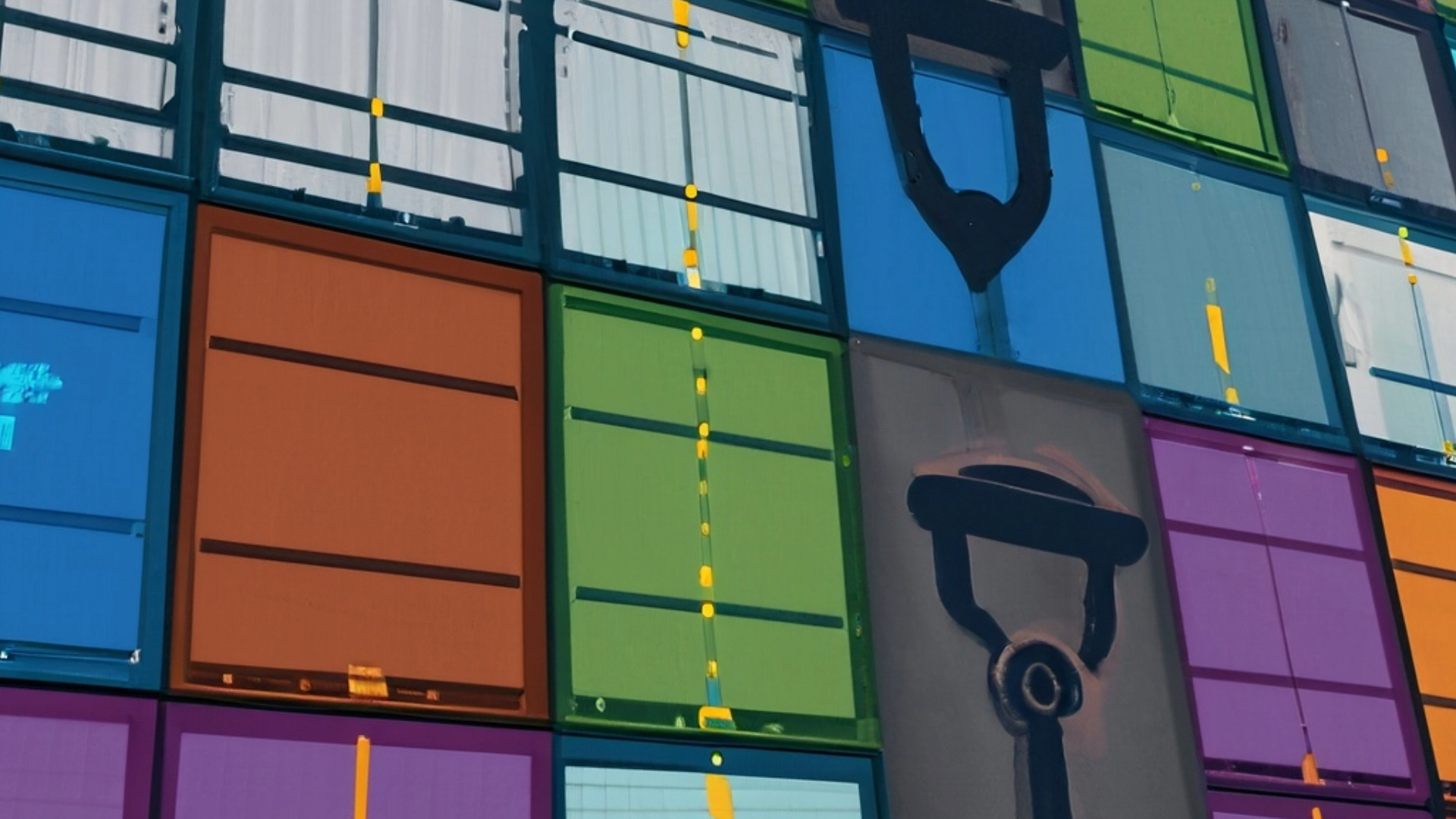Introduction
Docker containers have revolutionized software development and deployment by offering a flexible, efficient, and consistent way to package and run applications. In this article, we will explore Docker containers in detail, covering their core concepts, benefits, and practical use cases.
The Power of Docker Containers
Docker containers are self-contained, lightweight units that package an application and its dependencies. These containers operate consistently across different environments, providing developers and operators with an invaluable tool for building, shipping, and running applications.
Key Concepts
Docker Images: Docker containers are created from Docker images, which are read-only templates that specify the application, its runtime, libraries, and other necessary components. Images serve as a blueprint for containers.
Docker Hub: Docker Hub is a centralized repository where users can find, share, and distribute Docker images. It plays a crucial role in simplifying the sharing of pre-built images.
Dockerfile: A Dockerfile is a script used to define the configuration of a Docker image. It specifies the base image, application code, dependencies, and any required configurations.
Benefits of Docker Containers
Portability: Docker containers can run consistently across various platforms and environments, from a developer’s laptop to production servers. This portability eliminates the “it works on my machine” problem.
Efficiency: Containers share the host OS kernel, reducing resource overhead and enabling quick startup times. This efficiency is particularly advantageous in cloud-native and microservices architectures.
Isolation: Docker containers provide process and filesystem isolation, ensuring that applications remain separate from each other. This isolation enhances security and stability.
Practical Use Cases
Application Deployment: Docker simplifies the deployment of complex applications by packaging everything they need into containers. This approach makes it easy to manage dependencies and scale applications as needed.
Development Environments: Developers can create Docker containers that mirror production environments, ensuring consistency between development, testing, and production.
Continuous Integration/Continuous Deployment (CI/CD): Docker plays a pivotal role in CI/CD pipelines by allowing automated testing and deployment of containerized applications.
Conclusion
Docker containers offer a powerful solution for modern software development and deployment challenges. They provide portability, efficiency, and isolation, making them an essential tool for anyone involved in building and running applications. By harnessing the potential of Docker containers, you can streamline your development workflows and enhance the reliability and scalability of your applications.
